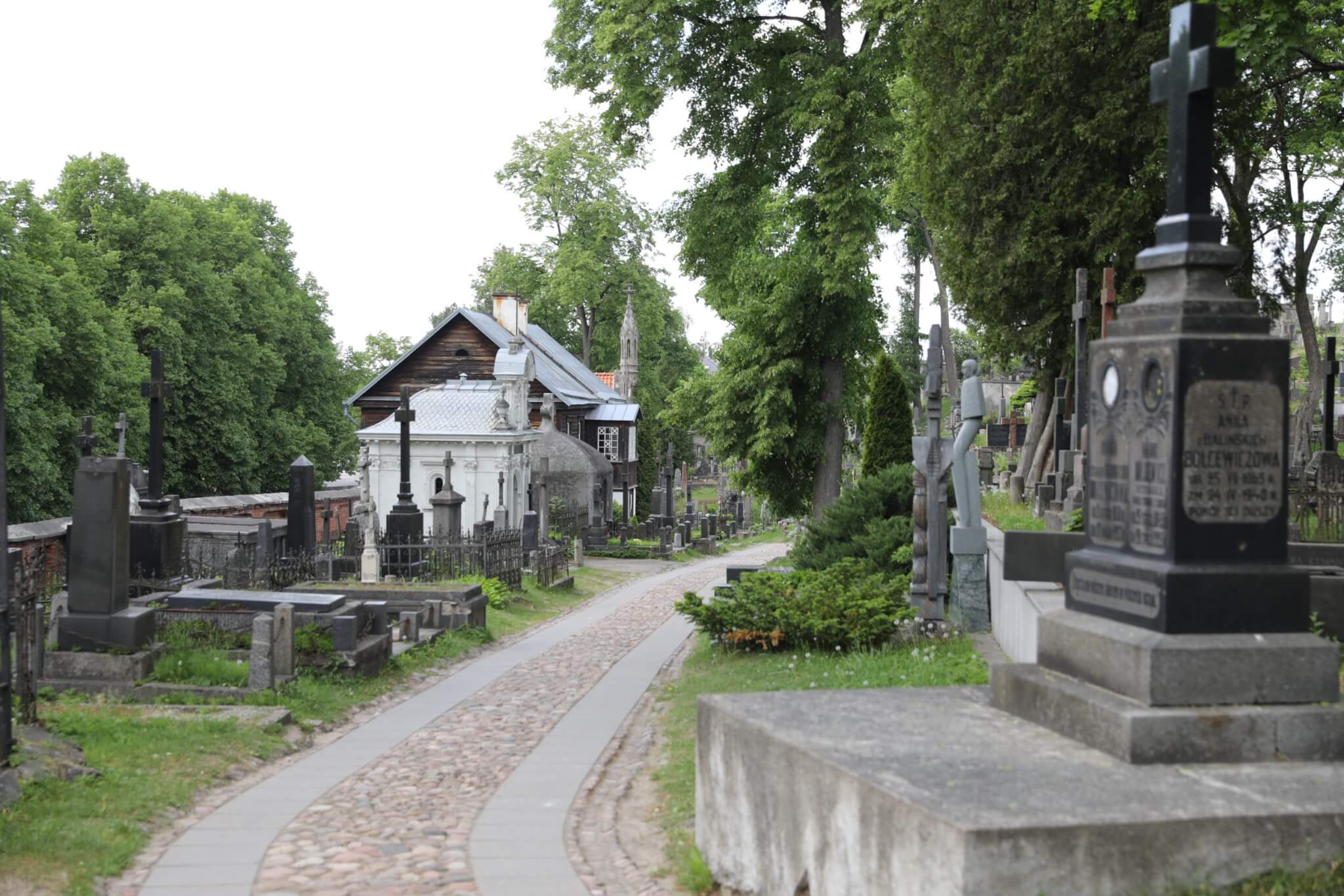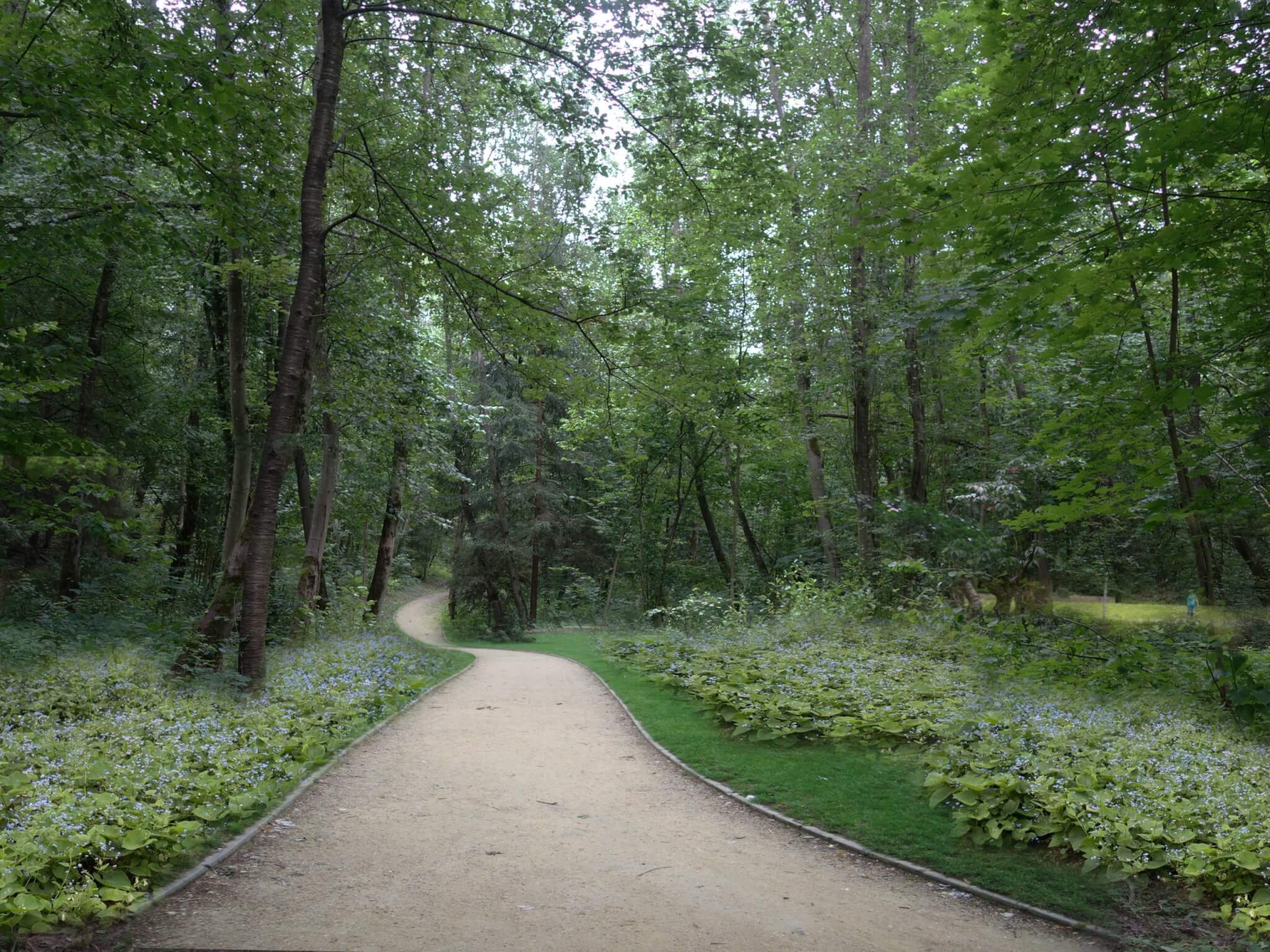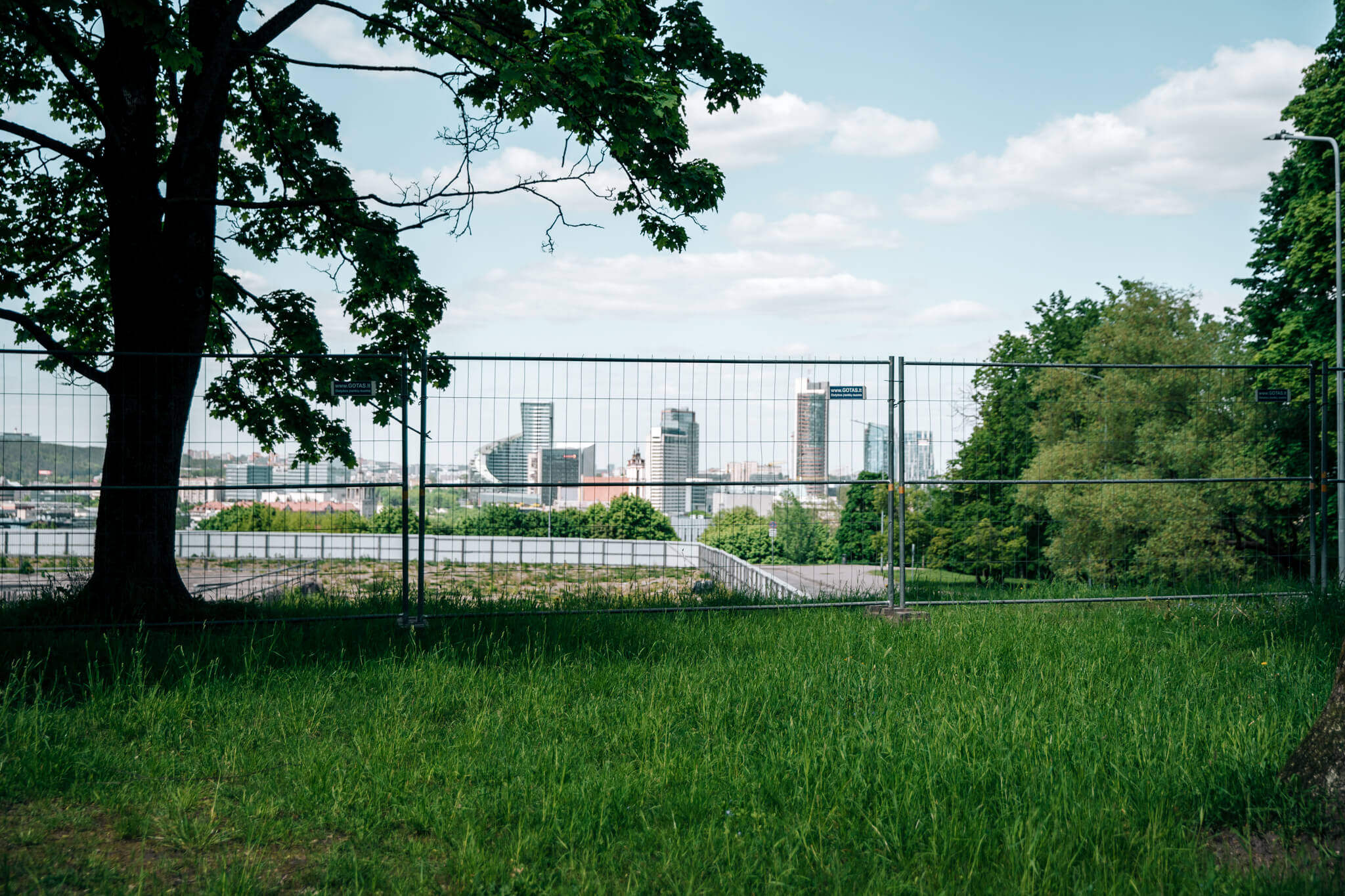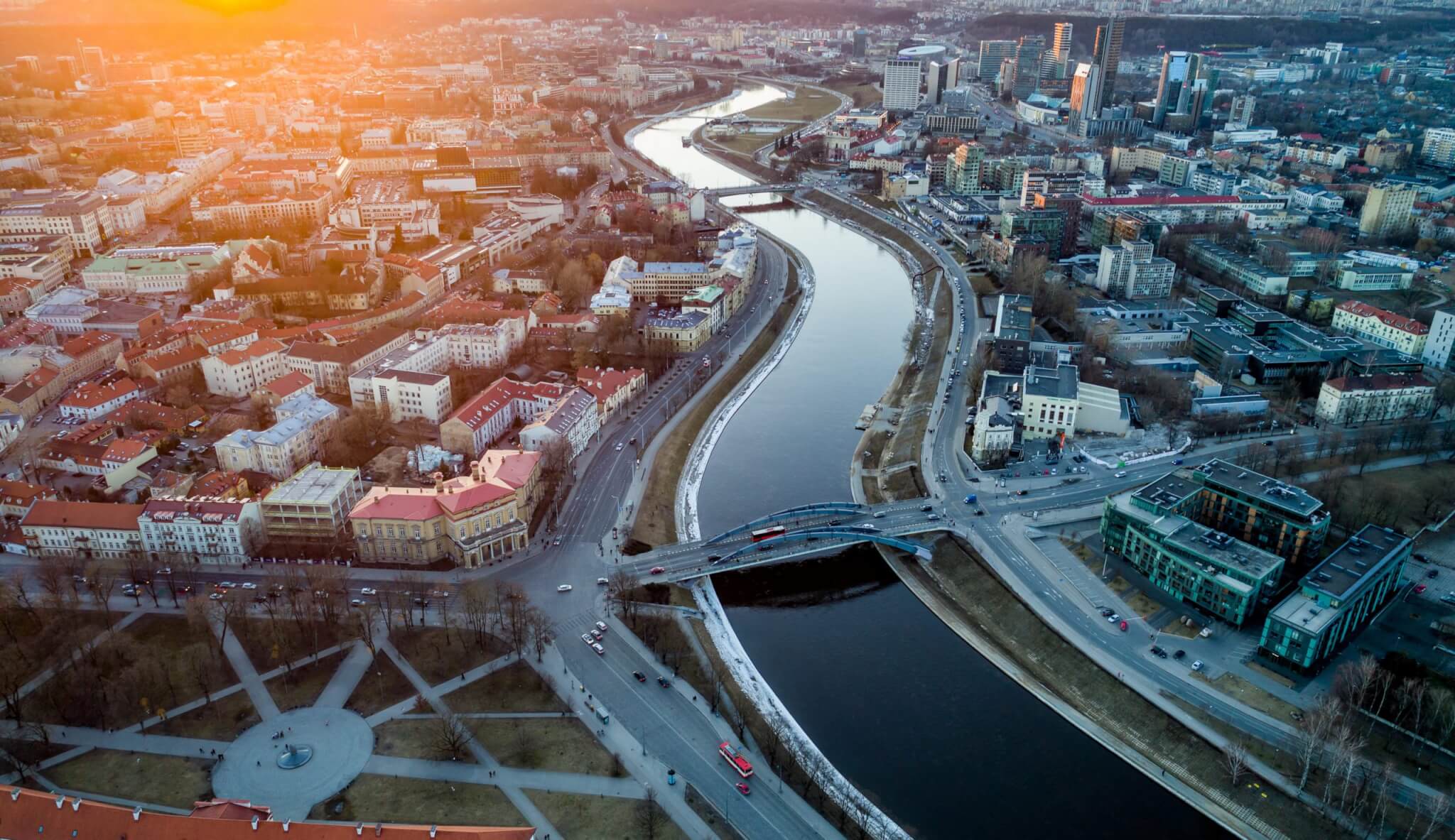It is common to visit the graves of loved ones on All Saints’ Day or All Souls’ Day. However, often people no longer know where a distant relative is buried. In Vilnius, you can also find the graves of your loved ones or famous people virtually by using the Vilnius City Cemetery Register. Donatas Gudelis, Head of the Analysis and Modelling Department of Vilnius Plan, a Vilnius City Municipality company, claims that similar systems have long been popular in Western Europe. Now, Vilnius residents’ burial places can also be quickly found at home, which is very convenient for those planning their cemetery visits before All Souls Day. “In the past, finding the graves of relatives or famous people in Vilnius was quite difficult. There are no signs in the cemeteries themselves. However, using the Vilnius City Cemetery Register, it is easy to find gravesites of interest,” says Gudelis. Visiting the graves of famous people in the old cemeteries of Vilnius has always been popular. Tickets for such tours sell out quickly. According to Danutė Čornij, a tour guide with the travel agency “Kelionių laikas”, who has been accompanying groups of tourists to cemeteries in various countries since 1982, “dark tourism” has its own niche. “In Lithuania, such tours started to gain popularity in 2004. People started to travel more, to take an interest in the history of their own and other countries, to look for kinship and genealogical links. I have often visited old cemeteries in Warsaw, Vienna and Paris with groups of tourists. It is not difficult to find the burial places of famous people there, and often the signs in the cemeteries point to such graves,” says the guide, who has extensive travel experience, about the differences in cultures. In Vilnius, D. Čornij usually visits Rasai, Bernardinai, Antakalnis and Saulės cemeteries. Tourists want to see the eternal resting places of popular artists, politicians and public figures. There is also a growing interest in the history of cemeteries, their decoration, burial customs and traditions. The Rasai Cemetery in Vilnius represents several centuries of Lithuanian history. Here you can visit the graves of Mikolaj Konstantinas Čiurlionis, Jonas Basanavičius, Vincas Mykolaitis-Putinas, Jonas and Petras Vileišius. The Antakalnis Cemetery is a popular place to visit the Artists’ Hill, where famous Lithuanian writers, actors, painters and musicians are laid to rest. Here you will find the eternal resting places of Jurgas Ivanauskaitė, Ričardas Gavelis, Donatas Banionis, Vytautas Kernagis and Virgilijus Noreika. The burial places on the Artists’ Hill are distinguished by their artistic accents. The Sun Cemetery, located on the other hills of Antakalnis, is attractive for its old chapels and elements of neo-Gothic architecture. There are inscriptions not only in Lithuanian but also in Latin, Polish, Russian and Belarusian. The rich Oginskis and Zavadskis were laid to rest here. The Bernardinai Cemetery in Užupis is one of the oldest in Vilnius. Visitors can see 19th century Classical tombstones, angel sculptures and old crypts.
Past and present
Written information on burials in Vilnius City Cemetery used to be kept in paper registers kept by the cemetery management companies. Since 2019, the Vilnius City Municipality Administration, together with Vilniaus Plan, has been inventorying and digitising the city’s cemeteries. According to Gudelis, digitising cemeteries is time-consuming, but at the same time it provides a glimpse into the cultural history of the region. First of all, the burial sites are identified by unmanned aerial vehicles and their territory is measured. The tombstones and burial registers are then photographed and their records are digitised and entered into a database. Finally, the process of linking the information is carried out. The result of the digitisation of the cemeteries is the Vilnius City Cemetery Register. It currently contains 16 of the city’s largest and most important cemeteries. A further 15 cemeteries are scheduled to be digitised this year. These include Old Believers, Orthodox, Karaite and Tatar cemeteries.
Important not only for Lithuanians
The Vilnius City Cemetery Register also serves as a register of former residents of Vilnius. At present, it records the graves of more than 211,000 people. The oldest recorded burials date back to the 18th century (most of them in the Old Rasai Cemetery). “The cemetery register is important for recording and preserving historical memory. Vilnius has a distinctive history: many different peoples with different religions have always lived here. However, the composition of the population has changed dramatically in the seven decades since the war. According to some historians (e.g. Liudas Truska), less than 5% of the city’s former population remained in Vilnius after the Second World War. Tombstones are disappearing and their inscriptions are fading, so it is very important to inventory the cemeteries while the inscriptions can still be identified and to carry out photo-fixation of the tombstones,” says D. Gudelis. The Vilnius City Cemetery Register not only includes the graves of relatives, but also the burial places of notable personalities. It is also possible to find burials of importance to Lithuania’s neighbours – Poles and Belarusians. A good example is the graves of the rebels of 1831 and 1863. The register also includes the graves of public and cultural figures important to all three countries, such as the writer Vladislovas Sirokomlje. The Vinnytsia Cemetery Register is not only accessible via personal computers, but also via mobile devices, which can be used while you are at the cemetery. Anyone can use the system to find a burial site of interest, add photos of the grave and monument, and send comments when they do not find the right burial site or when they find errors and inaccuracies in the register.





